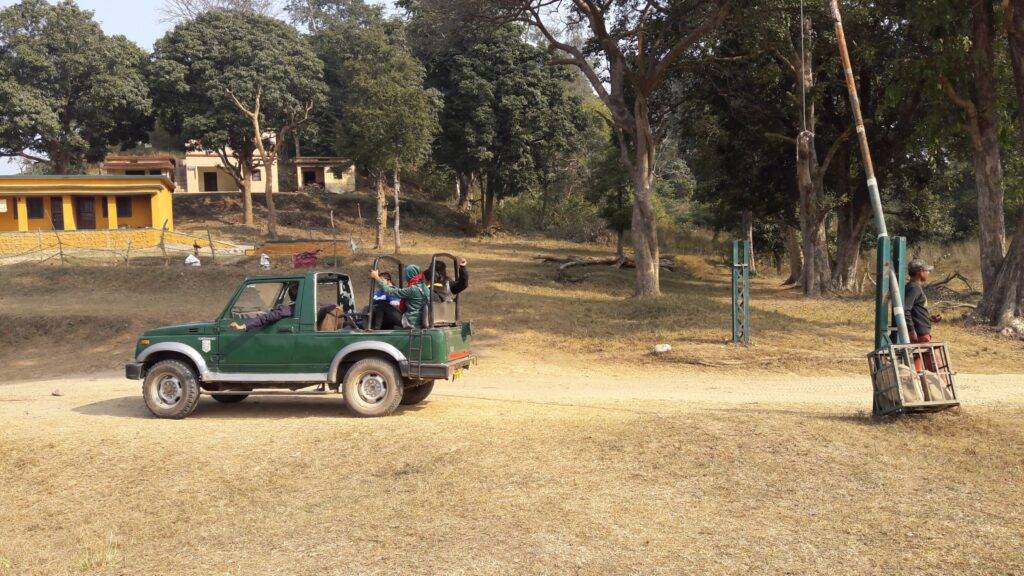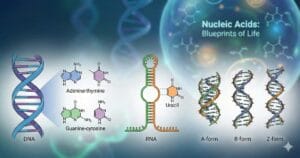
COMPETITIVE EXAM MCQs SERIES of ENVIRONMENTAL SCIENCE for UGC-NET/JRF, SLET, ARS, GATE, and other entrance tests – Environmental Biology – Biodiversity and its conservation.
Syllabus Outline
- Introduction to biodiversity (e.g. genetic, species, and ecosystem diversity).
- Factors influencing biodiversity (e.g. habitat loss, pollution, and climate change).
- Importance of biodiversity in ecological balance, human well-being, and sustainable development.
- Conservation methods (e.g. in-situ and ex-situ approaches, protected areas, and international conventions).
- Role of indigenous knowledge and community participation in biodiversity conservation.
- Challenges and ethical considerations associated with conservation efforts.
This quiz contains the concept-based most frequently asked 25 MCQs of “Environmental Biology – Biodiversity and its conservation“. Each question has a single correct/most appropriate answer.
*****
1. Which international agreement focuses on the conservation and sustainable use of wetlands?
a) Ramsar Convention
b) Basel Convention
c) Montreal Protocol
d) Kyoto Protocol
2. Which type of biodiversity refers to ecosystems and ecological processes variety within a given area?
a) Delta diversity
b) Beta diversity
c) Alpha diversity
d) Gamma diversity
3. What is the primary function of a biodiversity hotspot?
a) Support endangered species
b) Promote ecotourism
c) Encourage invasive species
d) Conserve high levels of biodiversity
4. What is the primary cause of the decline in pollinator species, such as bees?
a) Habitat destruction
b) Pesticide use
c) Invasive species
d) Climate change
5. In the context of in situ conservation, what is the term for the deliberate killing or removal of animals to control their population size?
a) Eradication
b) Extirpation
c) Culling
d) Exclusion
6. What is the term for controlling pest population in agriculture using naturally occurring predators or parasites, contributing to biodiversity-friendly practices?
a) Invasive species management
b) Biological control
c) Habitat restoration
d) Pesticide application
7. How do ecotones contribute to biodiversity at the landscape level?
a) Ecotones are barriers to species movement
b) Ecotones support only invasive species
c) High species diversity is often found in ecotones
d) Ecotones have no impact on biodiversity
8. What is the primary purpose of the Aichi Targets, a set of strategic goals adopted under the Convention on Biological Diversity?
a) Achieving sustainable development through conservation
b) Reducing greenhouse gas emissions from deforestation
c) Addressing climate change impacts on biodiversity
d) Eliminating invasive species globally
9. What is the primary purpose of the Red List maintained by the International Union for Conservation of Nature (IUCN)?
a) Record global climate change data
b) Monitor wildlife trafficking
c) Evaluate the extinction risk of species
d) Identify invasive species
10. What is the primary cause of the rapid loss of biodiversity?
a) Habitat destruction
b) Climate change
c) Genetic mutations
d) Natural disasters
11. In the context of biodiversity, what does the term cryopreservation refer to?
a) Freezing and storing genetic material for future use
b) Creating artificial cryogenic habitats for endangered species
c) Restoring degraded ecosystems through freezing technology
d) Protecting species from extreme cold environments
12. What is the primary factor contributing to the loss of amphibian species worldwide?
a) Climate change
b) Overhunting
c) Habitat destruction
d) Pollution
13. How does the concept of biodiversity offsetting contribute to conservation efforts?
a) Offset projects compensate for biodiversity loss by creating or enhancing habitats elsewhere
b) Offset projects focus solely on protecting flagship species
c) Biodiversity offsetting has no scientific basis
d) Biodiversity offsetting prioritizes economic development over conservation
14. What is the term for the intentional removal or extermination of a species from a particular area?
a) Eradication
b) Exclusion
c) Extermination
d) Extirpation
15. What role do bioprospecting and biopiracy play?
a) Identifying new species for conservation
b) Commercial exploration of genetic resources
c) Legal protection of endangered species
d) Establishing biodiversity reserves
16. What is the significance of the concept of metapopulation in the conservation of fragmented habitats?
a) Metapopulations are restricted to aquatic ecosystems
b) Metapopulations do not contribute to biodiversity conservation
c) Small populations connected by occasional migration maintain genetic diversity
d) Fragmentation has no impact on metapopulation dynamics
17. What is the term for protecting species within their natural habitats?
a) Habitat restoration
b) Ex-situ conservation
c) In-situ conservation
d) Conservation breeding
18. What is the term for species loss from a particular habitat, but not the entire planet?
a) Extirpation
b) Elimination
c) Extinction
d) Extermination
19. In the context of biodiversity, what does the term endemism refer to?
a) Species found only in one location
b) Species with a wide global distribution
c) Extinct species
d) Introduced species
20. What is the primary factor contributing to the decline of amphibian populations globally, known as the amphibian decline crisis?
a) Climate change
b) Habitat destruction
c) Fungal infections
d) Overhunting
21. What is the term for bringing a species back from extinction by breeding individuals in captivity and reintroducing them into the wild?
a) Conservation breeding
b) In situ conservation
c) Genetic engineering
d) Cloning
22. In the context of biodiversity, what is the term for the process by which new species evolve rapidly in response to ecological opportunities?
a) Adaptive radiation
b) Genetic drift
c) Hybridization
d) Allopatric speciation
23. What is the primary objective of the Nagoya Protocol, a supplementary agreement to the Convention on Biological Diversity?
a) Promote ecotourism in biodiversity hotspots
b) Establish guidelines for habitat restoration
c) Regulate international trade in endangered species
d) Facilitate access to genetic resources and ensure fair benefit-sharing
24. How does buffer zone establishment contribute to biodiversity conservation in protected areas?
a) Buffer zones have no impact on biodiversity
b) Buffer zones serve as corridors for invasive species
c) Buffer zones minimize human impact and provide a transition between protected and unprotected areas
d) Buffer zones restrict access to protected areas
25. Which of the following is an example of ex-situ conservation?
a) Creating gene banks for seeds
b) Managing national parks
c) Implementing conservation education programs
d) Establishing wildlife sanctuaries
*****
Previous: Community ecology
Next: Concept of Industrial Ecology
References
- Primack, Richard B. (2019) Essentials of Conservation Biology, Sinauer Associates Inc., 6th edition.
- Singh, R. B., and Sinha, R. K. (2017) Environmental Science: Earth as a Living Planet, Khanna Publishers, 1st edition.
- Sharma, P. D., and Jha, R. (2017) Environmental Biology, Rastogi Publications, 1st edition.

